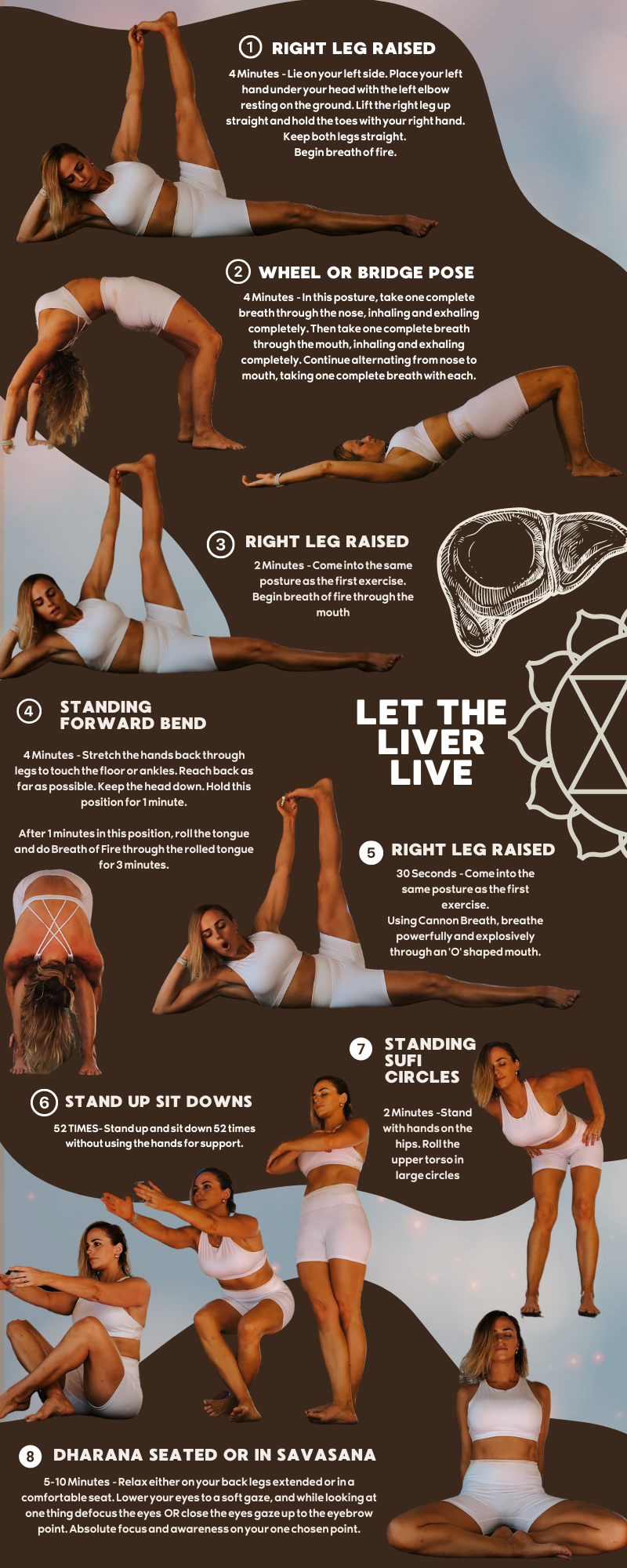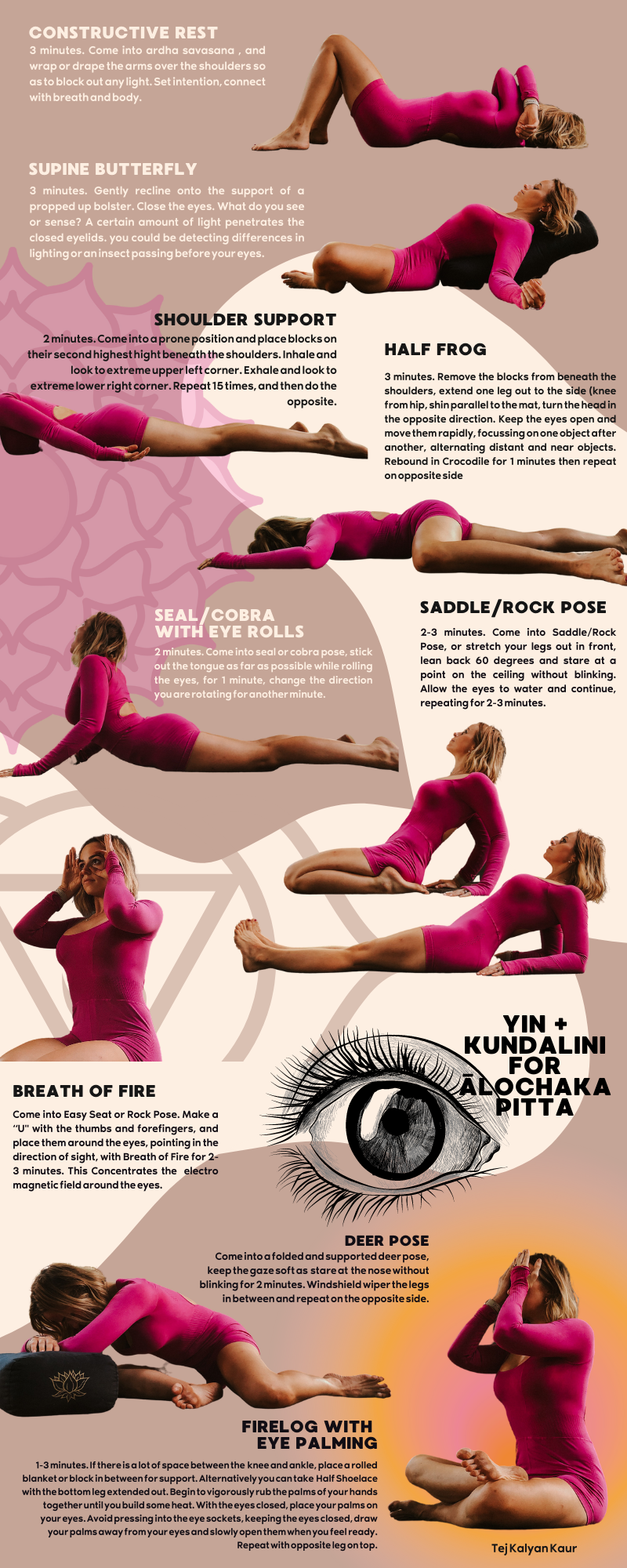The ancient texts of Ayurveda extol the virtues of WHEAT, as a nourishing, strengthening food. Its properties are heavy, oily, sweet and cooling.
Wheat has, and still remains an important food item widely used in Ayurveda, particularly for the airy Vata and fiery Pitta types, owing to its nutritive nature. For the watery Kapha types, who tend towards being overweight and/or have sluggish, impaired digestion it should be generally avoided. Aside from balancing Vata + Pitta, grains are considered nourishing and comforting, they improve the Ojas, and they are sattvic in nature; meaning they promote contentment and harmony.
But the wheat we eat today has undergone some pretty major changes over the last few millennia, and what we’ve done to wheat in that space of time, has been incredibly detrimental to our health. While humans have likely been consuming grains for at least 30,000 years, it was roughly 10,000 years ago when we began cultivating wheat in the Fertile Crescent (an area in the Middle East). Since then, we have been hybridising with other varieties from all over world resulting in a shortening of the stem allowing more weight to be carried on the plant and faster harvesting. Furthermore, since gluten gives wheat products enjoyable textures, we began creating wheat strains with soaring levels of gluten, before we even knew what gluten was. Our increased scientific understanding of agriculture has led to wheat products with much more gluten than those humans historically consumed.
Gluten intolerance, also called gluten sensitivity, non-celiac gluten sensitivity, or non-celiac wheat sensitivity, is a disorder, more common than celiac disease , that can cause problems with your digestive system. Unlike celiac disease, these reactions to consuming gluten or wheat products won’t cause permanent damage to your stomach, intestine, or other organs, but if you suffer from an autoimmune condition such as Hashimoto’s Thyroiditis, the gluten can trigger inflammation, which may be heavily influencing your symptoms and the progression of your disease.
While there is no doubt that gluten is to blame for the debilitating symptoms of celiac disease, we might have been too quick to assume that this protein, found in wheat and some other grains, is also entirely responsible for the symptoms associated with non-celiac gluten sensitivity (NCGS). Some individuals diagnosed with NCGS might actually be sensitive to one of the many other components of wheat, possibly a different protein, carbohydrate, FODMAPs and amylase trypsin inhibitors (involved in starch and protein degradation. In addition to that and more importantly, more than half of bacterial species in the human gut microbiome are potentially sensitive to glyphosate; the herbicide that most dry crops are sprayed with. Glyphosate increases homocysteine, a known risk factor for cardiovascular disease, and disrupts the gut microbiota. Glyphosate has been associated with several diseases, including thyroid disorders rheumatoid arthritis (RA) and systemic lupus erythematosus. Decreased gut microbial diversity has been associated with a range of autoimmune conditions, obesity, diabetes, and autism spectrum disorder (ASD).
Because we already know that gluten causes problems in those who have celiac disease, the common assumption when someone claims to feel better after eliminating wheat from their diet is that the symptoms had been a reaction to its gluten. However, wheat is a complex structure with an estimated 95,000 genes, which is several times more than the amount that scientists estimate are contained within the human genome. Wheat’s genes could contain many varied compounds, any one of which, other than gluten, could be causing symptoms. While avoiding gluten makes these individuals feel better, it could be because they are also avoiding all the other compounds in wheat, including whichever one is the true source of their symptoms.
Asatmya is the term used for intolerance. According to Ayurveda, food intolerance or allergies occur due to the imbalance of Doshas and Agni. When a persons digestive fire is low, and they eat foods that are heavy to digest, the food is then not digested or assimilated properly leading to malabsorption. Food and/or experiences that are not digested and eliminated correctly, accumulate and become ama (toxins), leading to the clogging of the channels of circulation. Now, if Agni is already weak, heavy foods like grain will straight up, be difficult to digest, but eliminating this food, is a band-aid solution. On the surface it will appear as if the issue has been resolved. However, not only have we not addressed the root cause, we are also further weakening the Agni, as grains contain enzymes that support digestion (especially that of proteins). This leads to more systemic issues.
For years, I waged a war against wheat containing products; blaming gluten as the sole culprit, and not taking into account the other villains in this story; farming and agricultural pesticides, fertilisers and chemicals, hybridisation, seed oils, thickeners, preservatives, and very importantly a poorly functioning digestive system. My eldest daughter is a Vata, through and through; creative, joyous, effervescent, dynamic, high energy from dawn until dusk. She has a natural aversion to greens in their whole form, but will consume blended with fats and mixed into meat or rice, she is naturally drawn to the heavy grounding foods that soothe her Vata; Breads, Pasta, Butter, Ghee, Lassi and Warm Milk; all of which I had previously substituted with “gluten free”, or “dairy free”, alternatives. These alternatives made no difference in improving her gut health, and if anything we found her energy levels and behaviour to be exacerbated. After studying Ayurvedic Nutrition, I came to the realisation, that I had been looking at nutrition for her ( and myself if I’m honest) all wrong, and if these were the foods I could get her to eat without argument, then I needed to do two things: source the purest of ingredients and/or prepare these foods myself, and also work at rekindling our digestive fires. This post is a little lengthy, so if you are interested in how to improve your Agni, please reach out, or grab a copy of my book, but a very long story short; we are now 9 months into making our own breads/bread products, making our own ghee, yoghurt/lassi and we are fortunate enough to get our hands on RAW cold-pressed Jersey Milk; the difference these little changes have made are profound! Firstly, these foods have such a calming effect on her, the opposite when she consumes processed/packages versions. The process of making these foods in itself are a soothing activity for both her Vata and my Pitta, but on top of that we have been able to eat real bread, bread and dairy products without becoming reactive (inflammation, bloating, mood/behavioural changes, etc).
In my book OJAS I speak about the flour I sourced, which is grown here in Australia, in the sun-drenched, naturally clean environment of the southern Flinders Ranges. Their wheat has been bred by traditional methods and does not have any genetically modified material, and is traceable from paddock to baker. I still adore this gorgeous flour, but with the amount I use, the 1KG bags + postage weren’t cutting it. Since writing OJAS I have also discovered Einkorn Flour or Emmer Flour. Emmer Wheat is a traditional heirloom wheat grain, a variety of wheat that was used during earlier periods of history. It has not been manipulated or hybridised (a cross pollination of plants) by modern methods. Wholegrain Milling Co. in Gunnedah, NSW has been producing sustainable stone ground ancient grain flours, without the use of chemicals, fertilisers or pesticides for over 4 decades. Their farming methods support soil improvement and only use natural inputs. Improving the long-term environmental sustainability of the land they farm. Emmer flour is my personal preference, but other non-gmo ancient grains you could try (if you aren’t celiac) are Spelt, Khorasan (kamut), and Rye.
So when it comes to gluten and wheat intolerance, or any food intolerance for that matter, you need to check in with the strength of your Agni, and that will determine a yay or nay on the bread front. Since weak Agni affects our ability to digest food, I suggest you address that before anything else. Then, when Agni is functionally correctly, if all the doshas are balanced, and if it's the right season, have fun making your breads, your pastas, yoghurts and ghee. Take comfort in knowing that your ingredients have been sourced from a clean environment, and have been prepared lovingly by your own hands.

















